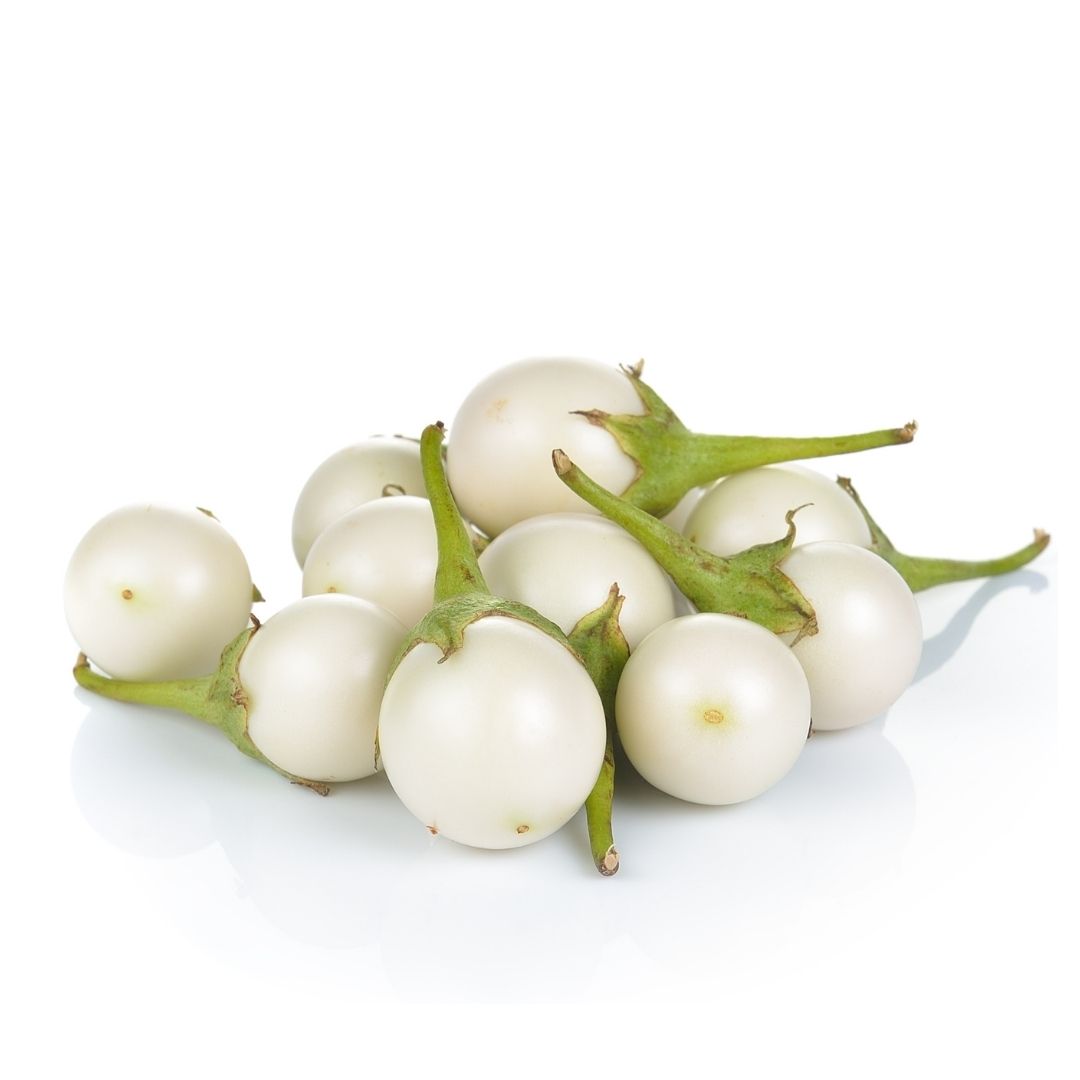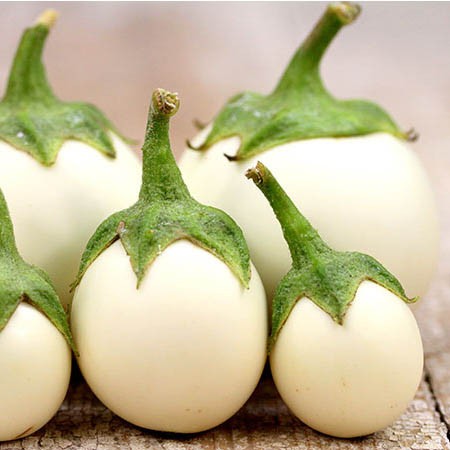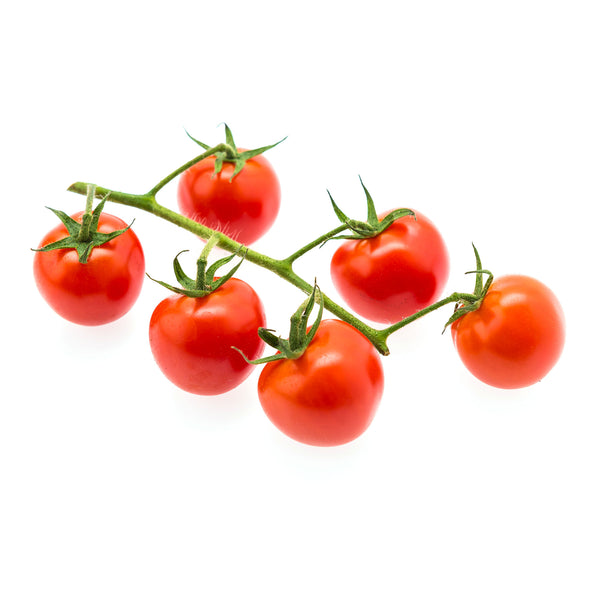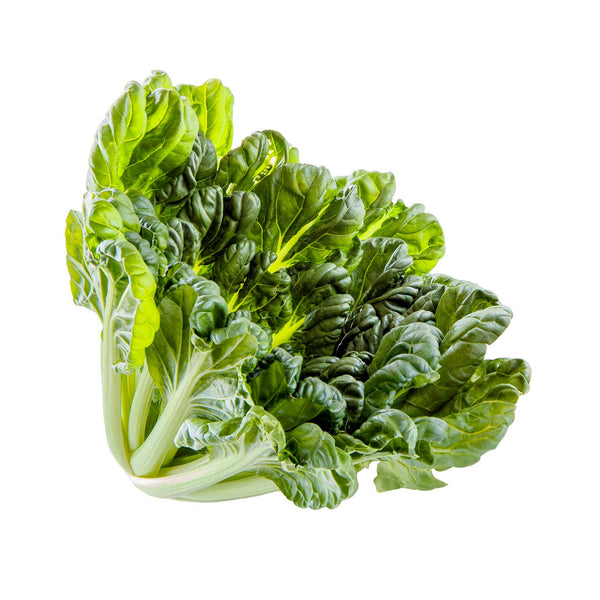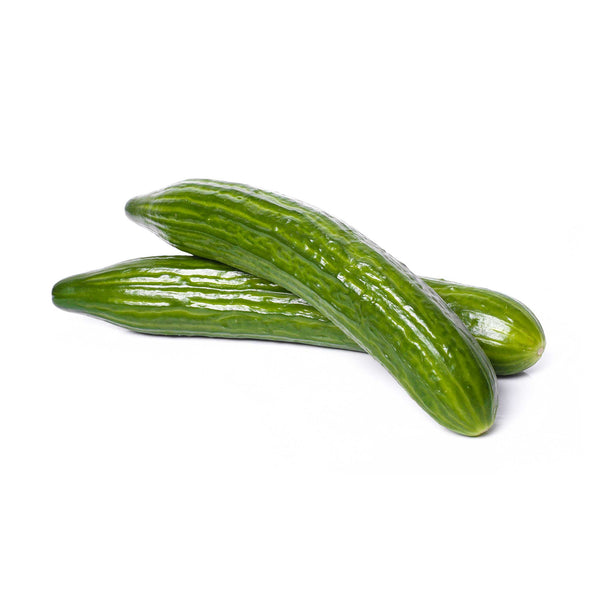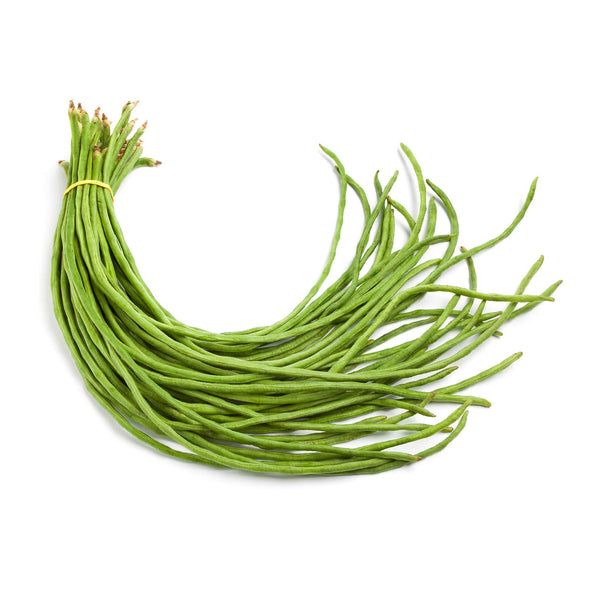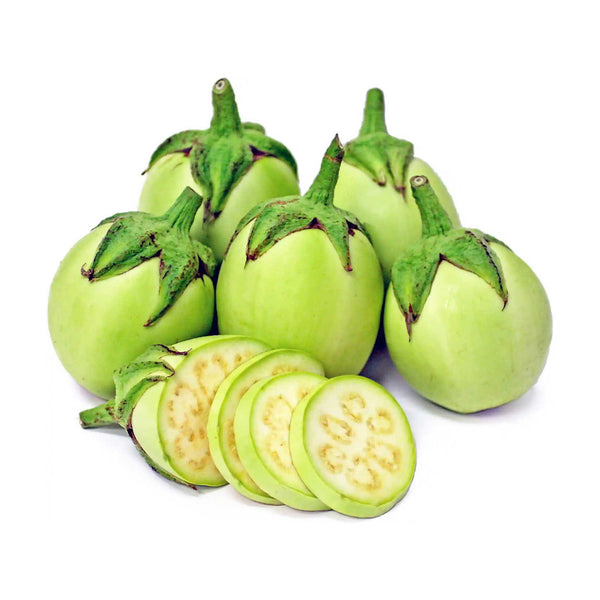Home F1 Brinjal White Seeds
F1 Brinjal White Seeds
Rs. 70.00
Aveo round is a Brinjal variety, It is an F1 Hybrid, Each pack contain 50 seeds with 98% physical purity.
--
Varietal description: Brinjal Aveo round bear oval to round shape fruits. this variety comes well in rich organic matter soil, all brinjal variety prefers same for better growth and yield. Aveo round is white to cream colored small fruits. the shape and color resemblance to egg that is why the name egg plant. Aveo round Brinjal is early bearing and fast growing variety.
BRINJAL ( Botanical name: Solanum melongena)
Brinjal is common vegetable in every household it is grown for its edible fruit since it is originated from Indian subcontinent. In India brinjal is grown in different part of the country, Indifferent region it is called by different names. In Hindi it is Baingan In karnataka it is called as Badane(kannada), In Telugu Vankayalu and in Tamil it is kattarikkay.
Plant morphology:
Brinjal commonly called eggplant since it resembles the Egg that name is called. It belongs to nightshade family (solanaceae ) and closely related to tomato crop.
Brinjal plant reaches a height up to 4.9 ft. It is perennial but grow as a annual. Brinjal plant has a branched stem.
Leaves: are long, flat, coarsely lobed leaves. Leaves are green and arranged alternatively on the branches. The leaves measures 4-8 inches long and 2-4 inches broad.
Flowers: Plant produce purple flowers 3-5 cm in diameter.
Fruits: The fruit is large fleshy can reach up to 15-16 inches length, it contain numerous small seeds with glassy smooth skin. The colour of the fruit is variable that may be white, purple, black, yellow or green.
Soil and climatic requirement: Brinjal need well drained soil with rich in organic matter it need Silt loam and clay loam soils. But for early season crop sandy and sandy loam soil are prefered. Plant required ideal temperature of 13 to 21 ͦC for germination and plant development. Ideal pH for crop is 5.5-6.5
Crop Duration: 140-150 days.
Depth of sowing: 1-1.15cm
Germination Period: Brinjal seeds germinate between 7 to 14 days, depending on the heat, moisture provided and age of the seed.
Sunlight requirement: Minimum 8 Hrs direct sunlight is required for better establishment.
Watering/Irrigation:
Crop requires adequate moisture during the initial 70 days of its growing season, The daily water requirement of one plant is 0.75 liter at the initial growth stage and 3.25 liters at the peak growth stage. Applying irrigation on alternate days or at 3 days interval.
Companion crop: Beans, okra.
Seed treatment: Seeds treated with Trichoderma viride @ 4g/ kg. Or Pseudomonas fluorescens @ 10 gm / kg of seed. Treat the seeds with Azospirillum @ 40 g / 400 g with rice gruel adhesive.
Problems in Brinjal
-
Diseases:
Cercospora Leaf spot:
Symptoms: Small circular oval chlorotic spots on leaves which develop light to dark brown centers; initially symptoms appears on lower part of plant and move upwards. Severely infested leaves may dry out, curl than and fall from the plant.
Management:
-
Fungal survive in crop debris during winter season to avoid remove infested plant.
-
Irrigate the plant in the morning to allow plenty time for plant to dry.
-
Irrigate at the base of the plant to avoid spreading.
-
Use Proper spacing to decrease humidity in the plant canopy.
-
Use appropriate protective fungicide to protect plant from disease.
Colletotrichum root rot:
Symptoms: Fruit filled with pinkish fungal ooze: sunken lesion on the fruit, infected fruit is drop into the ground with pedicel still attached.
Management:
-
Root rot favours wet, warm conditions; diseases spreads by overhead irrigation.
-
Avoid sprinkler irrigation when fruits are ripening;
-
Rotate crop with other non solanaceous plants;
-
Use appropriate fungicides may be required if disease in the area.
Damping off:
Symptoms: Seedling fail to emerge, seedlings with light brown to red water soaked roots and stem. Plant shows stunted growth and rotting tap root and also side roots finally plant dry up and die, later collapse of seedling.
Management:
-
Use diseases free seeds or seedlings.
-
Before planting sterilize the soil or growing media.
-
Apply fungicide to seeds to kill off the fungi;
-
Delay sowing until soil get warm.
Early blight:
Symptoms: Brown -black spots, spots covering leaf surface, alternate rings of light and dark on leaves, sunken area of concentric rings, Premature dropping off lower leaves.
Black velvety structure at stem and end of fruit.
Management:
-
Destroy alternative host like tomato,chilli and other solanaceous crop
-
Disease spread rapidly after fruit set
-
Apply fungicide initial stage symptoms appeared
Powdery mildew:
Symptoms: White powdery spots on leaves, shoot, flower and fruits. Leaves turn yellow , twisted finally leaves will drop.
Management:
-
Avoid shade from the plant shady condition favours disease.
-
Provide proper air circulation. close spacing, poor air circulation favour disease.
-
Avoid stressing plants by providing adequate irrigation and nutrients.
Verticillium wilt:
Symptoms: Yellow blotches on lower leaves, rapid yellowing and the edges leaves rolling inwards Symptoms first appears on lower leaves and spreads upwards.
This bacteria can survive in soil, disease is favoured by cool temperature.
Management:
-
Plant resistant variety
-
Sanitize all equipment on a regular basis
-
Crop rotation with resistant crop
-
To reduce level of inoculum, soil fumigation is needed.
2) Pest Problems:
Aphids, Mites, potato beetles, cutworms , flea beetles, hornworms and stink bugs are the common pests in brinjal.
Management:
-
Remove weeds around crop which may act as an alternative host for stink bugs practice good weed management practice throughout the cropping period.
-
Hand pick larvae from plants leaving any parasitized larvae behind to promote populations of natural enemies.
-
In case of potato beetle application of bacillus thuringiensis can be effective at controlling larvae but should be applied frequently; some insecticides including spinosad are effective in control of beetles.
-
Insecticidal soaps or oils such as neem or canola oil are usually the best method of control; always check the labels of the products for specific usage guidelines prior to use.
-
For aphids spraying plants with a strong jet of water can help to reduce build up of spider mite populations;
-
If mites become problematic apply insecticidal soap to plants;
-
Rotate crops away from susceptible plants for a period of 2 years.
-
If disease present avoid excessive overhead irrigation
-
Only plant in well drained soils.

